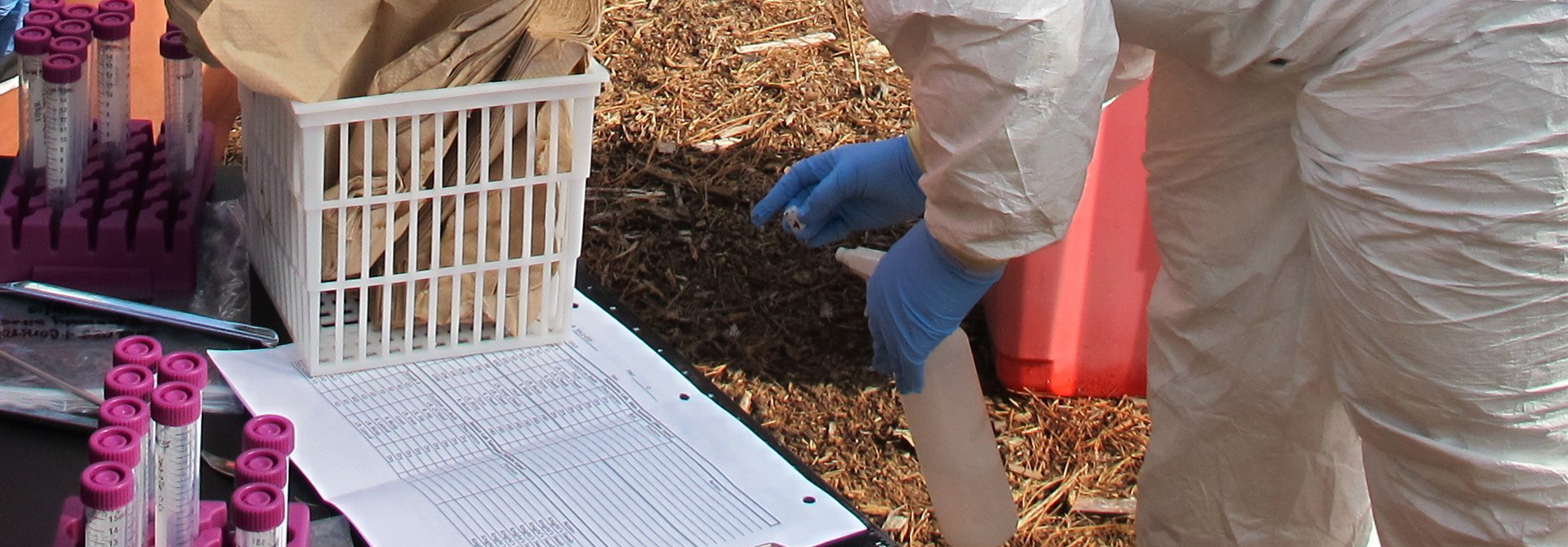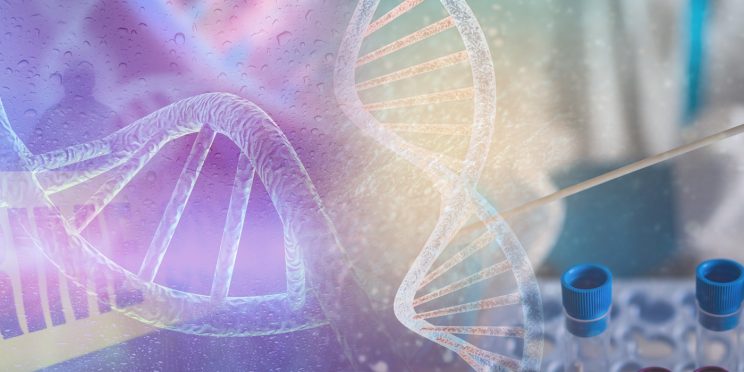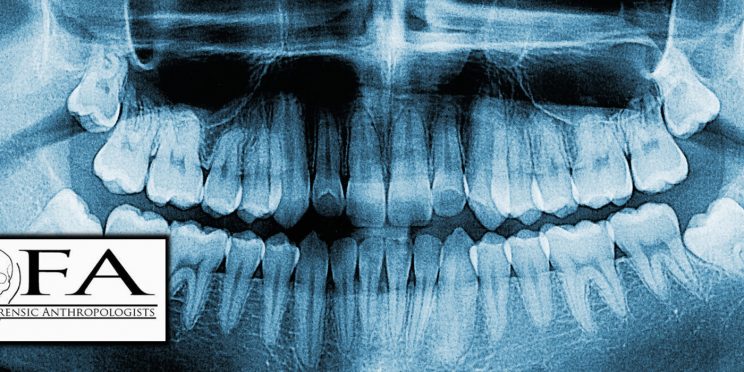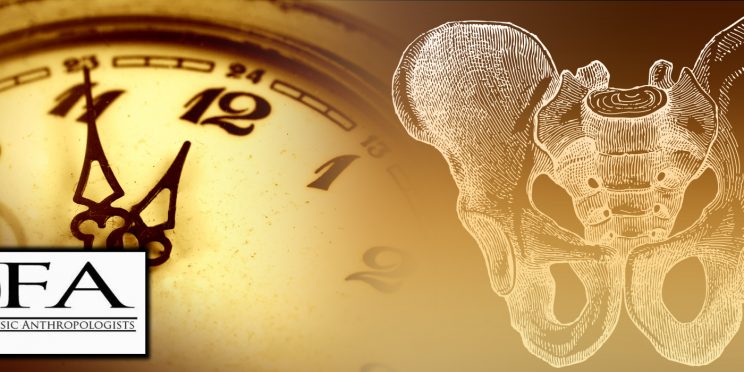National Institute of Justice and Multi-Institute Academic Team
Date
April 2018
Overview
The postmortem interval (PMI) is the time that has elapsed since a person’s death. Determining the PMI at a crime scene may help to recreate the victim’s timeline and movements, support or disprove a suspect’s alibi, or corroborate evidence collected from autopsies. Several methods are used to estimate PMI at different stages of decomposition. Lack of postmortem changes can be used to infer a PMI up to approximately 24 hours postmortem, and forensic anthropologists may calculate the calcium-to-carbon ratio and bone volume to predict the general time of death based on decades old skeletal remains. Forensic entomology, which relies on insect stage development, is commonly used to estimate PMI for remains that are several days to a year old. In rare cases, entomology can estimate PMI after numerous years. However, this method can be less reliable when the victim has extensive trauma or is in an area with significant weather fluctuations, including temperature and precipitation. Thus, determining the time of death on intermediate time scales (from days to months) is a significant challenge for the forensic community. Dr. Rob Knight and colleagues developed a PMI estimation method based on the composition of microbial communities present on the body and within close-proximity soil samples compatible to intervals of days to months. The team characterized temporal changes in microbial communities on the skin of mice pigs, and human cadavers at fixed PMIs. Knight and colleagues collected, sequenced, and classified 223 abdominal cavity, skin, gravesoil, and no-corpse soil samples, creating a dataset of over 2.9 million 16S rRNA sequences that represent 4505 Operational Taxonomic Units (OTUs, a unit used to represent microbial “species” at various taxonomic levels in the microbial community based on sequence similarity). Next-generation rRNA sequencing demonstrated that groupings of microbial species change as a body goes through the various stages of decomposition. The team used the data to develop a regression model for PMI estimation and concluded that microbial communities changed predictably as the corpse decomposed.
"This research clearly demonstrated that there is potential to develop microbiome tools for estimating time of death. Developing connections with the right interdisciplinary collaborators was instrumental to the success of this project.”
- Jessica Metcalf | Assistant Professor, Colorado State University
Funding for this Forensic Technology Center of Excellence success story was provided by the National Institute of Justice, Office of Justice Programs, U.S. Department of Justice.
The opinions, findings, and conclusions or recommendations expressed in this success story are those of the author(s) and do not necessarily reflect those of the U.S. Department of Justice.
Contact us at ForensicCOE@rti.org with any questions and subscribe to our newsletter for notifications.




